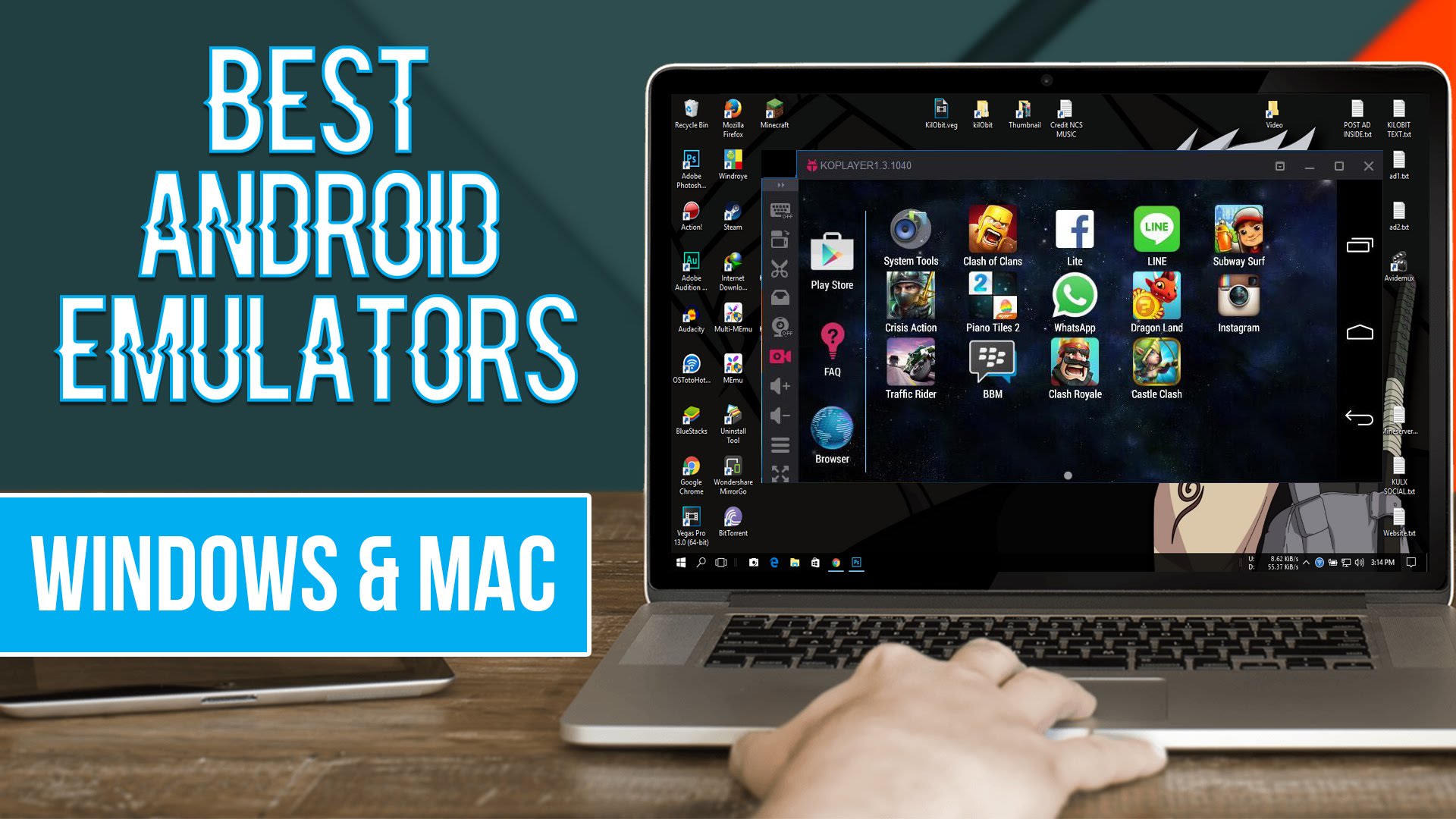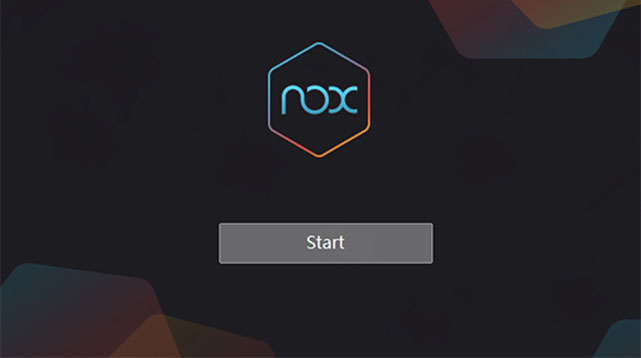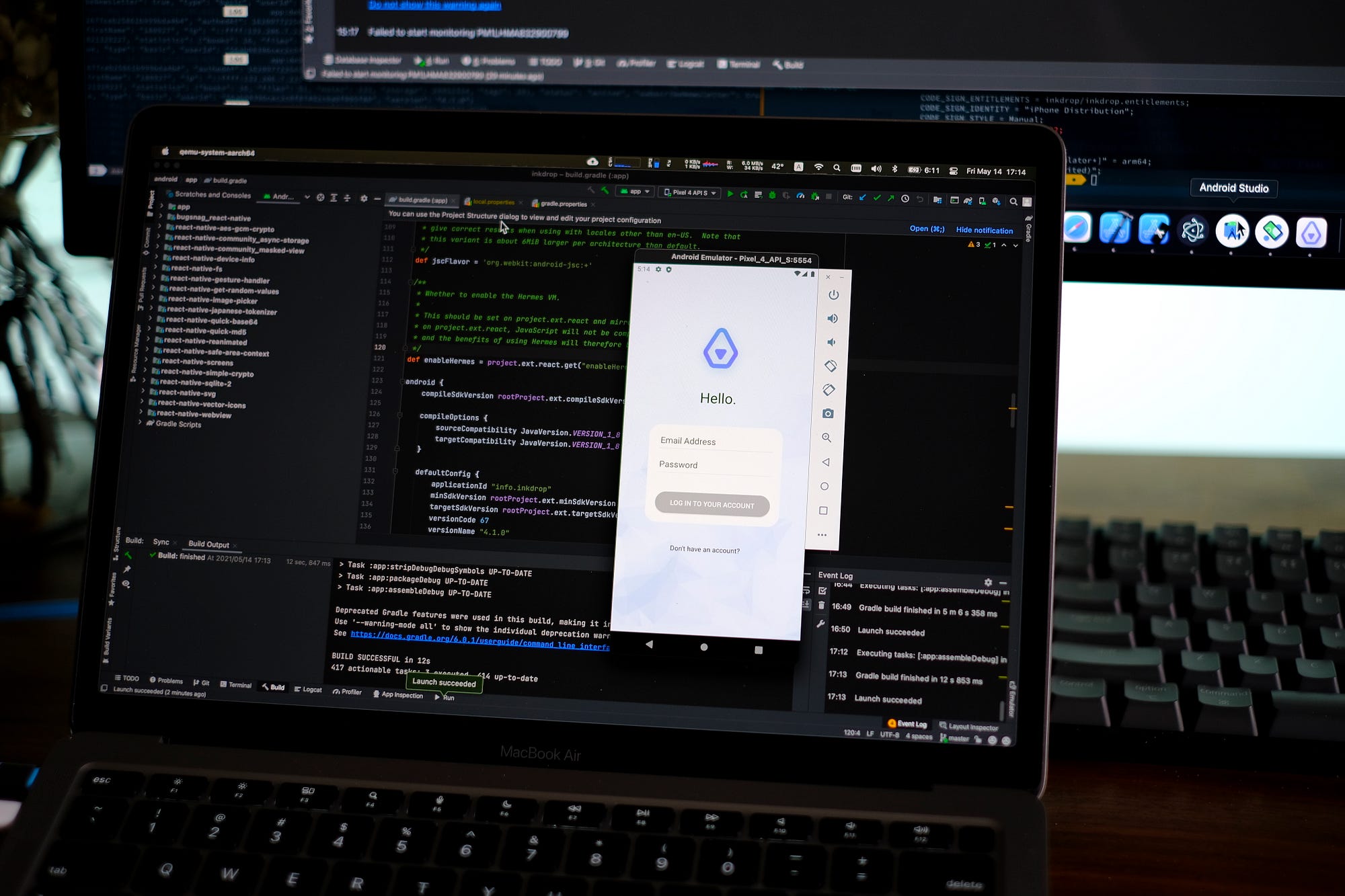
- #Android for mac emulator full#
- #Android for mac emulator android#
- #Android for mac emulator simulator#
I downloaded the dmg file from a know Github repo - Well this is common behavior on Apple macOS, where when you download an application setup from the internet, it blocks it for security reasons. Safari downloaded this file today at 2:14 PM. MacOS cannot verify that this app is free from malware. “Android Emulator” cannot be opened because
#Android for mac emulator android#
Therefore, I created an alias in my ~/.bash_profile file that lets me launch my preferred emulator using a single command.I recently downloaded the Android Emulator that could run natively on an M1 Silicon Mac computer, when I installed the DMG file and ran it for the first time, I got the below error, ⚠️ I wanted to simplify these two steps into one, because I do the vast majority of my development on a single AVD.
#Android for mac emulator full#
The full workflow is: 1) use emulator -list-avds to see a list of your current AVDs. But if this becomes too annoying you can always switch to running the emulator command without the ampersand, and just give the process its own tab or window in your terminal.Īt this point you’re now able to successfully launch Android AVDs from your command line. You can safely use Ctrl+C to regain control without killing the AVD.

You could open a new terminal tab or window to avoid this, but you could also try appending a & to the end of the command, which is a little Linux trick to run a process in the background. One important note: when you run the emulator command with the -avd flag, the process that controls the AVD remains active in your terminal - meaning, you are unable to type subsequent commands without killing the AVD. For example here’s how I run my Nexus 5X AVD using the emulator command. Once you have an AVD’s name, you can start up that AVD with the emulator command’s -avd option.

For example, here’s what that command looks like when I run it on my Mac.

The first option you’ll want to know is -list-avds, as it lists all AVDs you currently have configured. Launching Android AVDsĪs part of the Android SDK installation you get a command-line tool called emulator, which is the Google-blessed way to work with AVDs from the command line, and which has a number of options that let you do a wide range of things. In this article I’ll walk through how you can set up these commands on your own machine.

I named them ios-simulator and android-emulator, and here’s what they look like in action. So I spent a little time setting up commands that let me launch these tools from my terminal.
#Android for mac emulator simulator#
I use the iOS Simulator and AVDs (Android Virtual Devices) heavily, and was getting frustrated with the need to manually launch the two from Xcode and Android Studio, respectively.


 0 kommentar(er)
0 kommentar(er)
